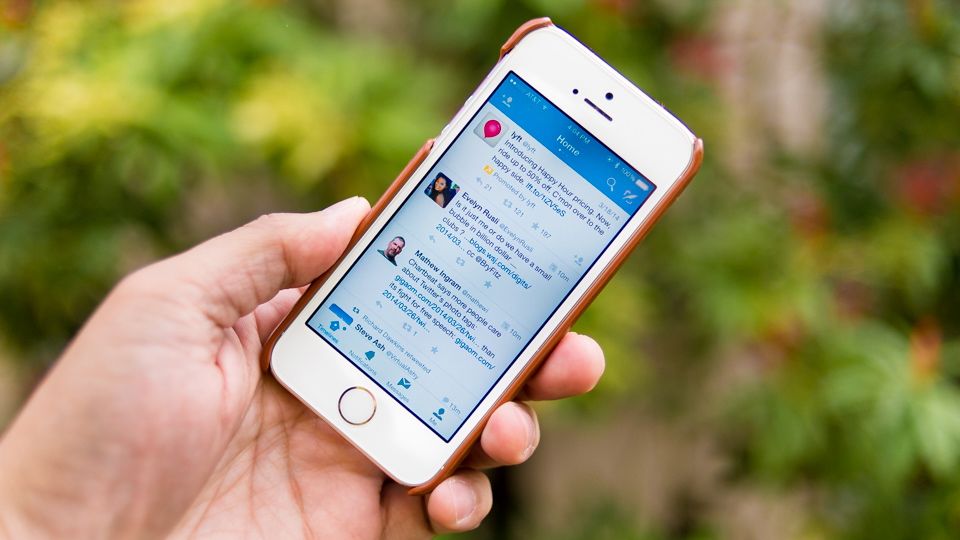Your tweets are now officially getting longer
So...many...characters

Just as expected, Twitter announced today that it's tweaking its tweet character count rules, meaning you now have much more elbowroom for your next Twitter rant.
The microblogging site (do people still call it that?) will no longer count media attachments and quoted tweets against your 140-character limit. You can now upload photos, GIFs, videos and polls without the fear those will eat up precious character rations.

It's worth noting that tweets themselves will still be 140-characters long, it's just that these attachments won't go against that count.
What's in an @name?
In addition to loosening its media and quoted tweet rules, Twitter is also testing changes to the @name reply convention that would keep those from docking your character count, too.
Though only rolling out to a small test group, users who add one or more @names to a reply won't see those affect their tweet length. It's unclear if users could keep adding @names into forever, though we imagine Twitter will impose some sort of cap.
Twitter says that when the feature goes live to the public, usernames will no longer be automatically included in a tweet, as demonstrated below.

If you're using an outdated version of the Twitter iOS or Android app, tweets may appear cut off, and URLs may take you to the mobile web. Cut off tweets are likely due to testing, Twitter says, and should be resolved if you update your app.
Sign up for breaking news, reviews, opinion, top tech deals, and more.
When the new @name convention becomes rule, it would go a long way towards fostering more meaningful conversations on Twitter, something the service isn't exactly known for.

Michelle was previously a news editor at TechRadar, leading consumer tech news and reviews. Michelle is now a Content Strategist at Facebook. A versatile, highly effective content writer and skilled editor with a keen eye for detail, Michelle is a collaborative problem solver and covered everything from smartwatches and microprocessors to VR and self-driving cars.